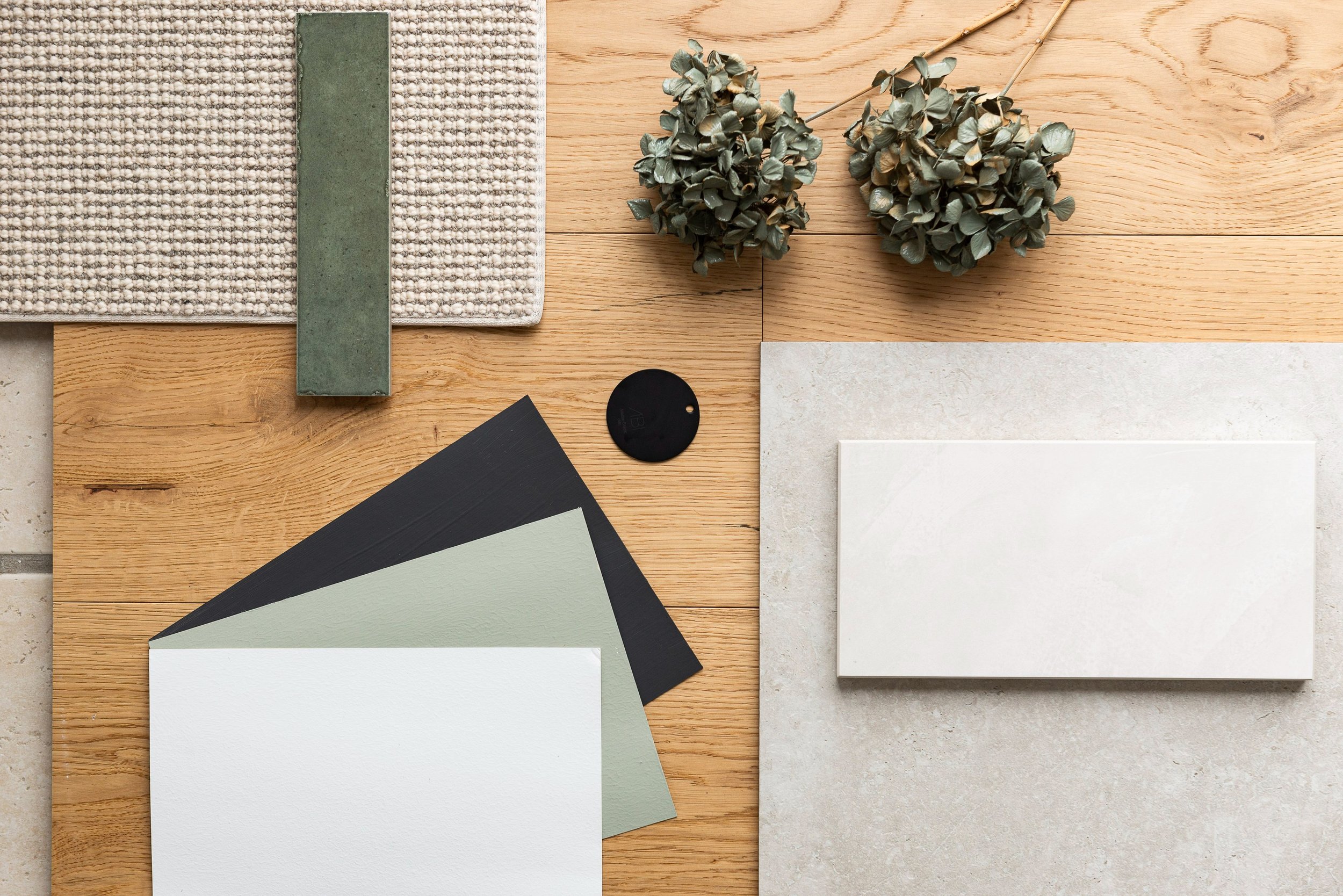How to identify your interior style
Knowing your style is the first step to planning and creating a cohesive space you’ll love to be in. Why is this important?
You don’t have to look through lots of shops to find things that work, because you get to know those that cater to your style
You feel comfortable and relaxed in your home because it reflects you
You stop buying things to try and make the house feel right – because it already does!
You save money thanks to making less mistakes when purchasing
Take a tour
Walk around your house like you’re visiting an open home. Assess your current interior – notice the colours you use and if there’s an overarching style or more a mash-up of several. Look for areas and pieces that you love and hone in on those you don’t. Think about your personality and how you want to feel at home – are you a flamboyant extrovert who craves bright colour or a creative introvert who wants a calm palette? Be perceptive and open – write everything you see and think down (swear words are totally acceptable). And remember to go easy on yourself — be thankful and proud of what you have, the space you live in and what you have achieved to be there, even if it could do with some improvements!
Play detective
Then hone in and study your favourite pieces of furniture, art and fashion. Notice the natural colour schemes and designs you seem to favour – it might be in a treasured antique rug, a statement painting, or a favourite dress. Sometimes an entire interior palettes can be out from one piece — often there will be a neutral, a main colour and an accent colour, which is a perfect combo for interiors! Also analyse your hobbies and habits to help you notice what style you’re drawn to. Look at your favourite books, travel destinations, movies and restaurant interiors and you’ll start to find patterns – note these down when you do.
Create a mood board
Next up create a collection of imagery that captures the essence of the information you’ve established. You can create your own mood board digitally or physically, and include images, words, swatches, colours and materials that show the style you want to achieve. Not only does a mood board help you define your concept, it’s also a handy tool you can give to suppliers and trades when you’re shopping or planning a reno to help them understand the aesthetic you’re trying to achieve.
Name changer
Give the style a name and include it on your mood board. It could be Urban Organic, Palm Springs Resort, Beachy Bohemian, Farmhouse Chic or Coastal Retreat. Giving something a name brings it to life, makes a statement about the overall look you’re going for and helps keep everyone involved in future home projects accountable to this style.
Unlock the keys
Write a list of keywords for your style. Palm Springs Resort might have something like this: white paint, breeze block, pale oak, brushed brass, dusky blue, seafoam green, clean lines, natural stone, cosy textures, palm trees, organic shapes, vertical cladding, mosaic tiles, floor-to-ceiling windows, mid-century modern. These keywords can be kept to yourself or shown to experts you may be using. They’re also useful search terms when you’re scouring Pinterest or online shopping.
Start applying your style
Do an instant declutter of things that don’t fit, and start taking your moodboard and keyword list with you when you shop. Applying your style could take years and that’s just fine – your dream home is a journey!





